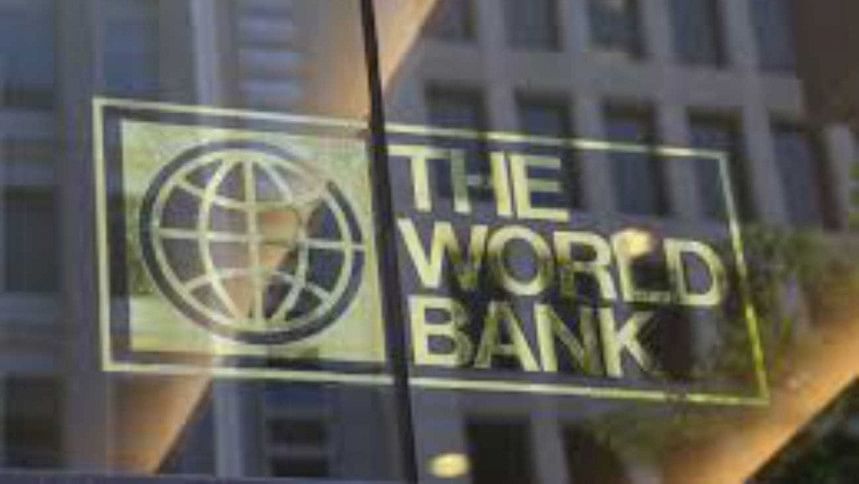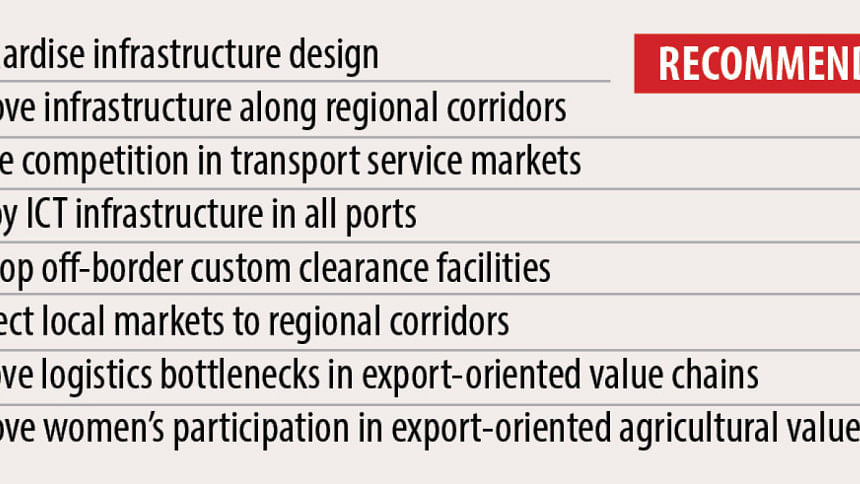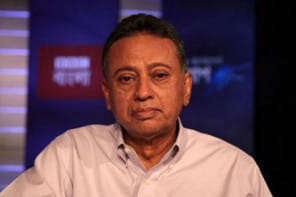Seamless Connectivity with India: It can boost nat’l income by 17pc

Seamless transport connectivity between Bangladesh and India has the potential to increase Bangladesh's national income by as much as 17 percent and India's by 8 percent, reducing the cost of doing business significantly.
This was stated in the World Bank report titled "Connecting to Thrive: Challenges and Opportunities of Transport Integration in Eastern South Asia," launched yesterday.
"Geographically, Bangladesh's location makes it a strategic gateway to India, Nepal, Bhutan, and other East Asian countries. Bangladesh can also become an economic powerhouse by improving regional trade, transit and logistics networks," Mercy Tembon, WB country director for Bangladesh and Bhutan, said at a virtual press conference.
At present, bilateral trade accounts for only about 10 percent of Bangladesh's trade and a mere 1 percent of India's trade, the report said.
While trade between India and Bangladesh has increased substantially over the last decade, it is estimated to be $10 billion below its current potential, it pointed out noting that high tariffs and para-tariffs remain as major trade barriers.
As Indian trucks are not allowed to transit through Bangladesh, cargo must be transloaded, adding to transport and trade costs. On average, crossing the India-Bangladesh border at Petrapole-Benapole, the most important border post between the two countries, takes 138 hours, including 28 hours for transloading cargo, the report mentioned.
In contrast, the time to cross border points handling similar volumes of traffic in other regions of the world, including East Africa, is less than six hours.
The northeastern part of India is particularly isolated from the rest of the country and connected only through the 27-km-wide Siliguri corridor called "chicken's neck". This leads to long and costly routes. Goods from Agartala, for example, travel 1,600 km through the Siliguri corridor to reach the Kolkata port, instead of 450 km via Bangladesh.

Cargo transported by train also has to be transloaded at the border, because of restrictions on the use of freight wagons of foreign railways. Cargo shipped between Bangladesh and India in seagoing vessels has to be transshipped in Colombo or ports in East Asia, such as Singapore and Port Klang.
"If the borders were open to Indian trucks, goods from Agartala would have to travel just 200 kilometers to the Chattogram port in Bangladesh, and the transport costs to the port would be 80 percent lower," the report said.
Seamless regional connectivity requires road, rail and inland water corridors as well as land, river, and seaports that can handle current and future freight volumes in a timely and cost-effective manner.
"Under full integration, exports and imports would be cleared at the destination, obviating the need even to stop at the border. Thus, income would increase by 16.6 percent in Bangladesh and 7.6 percent in India," the report adds.
Districts in Bangladesh would see reduction in prices of goods and inputs from India and get higher prices for their exports, said the report.
The eastern districts would benefit the most, because of their comparative advantage, which would lead workers in southwest Bangladesh to migrate to the north and east of the country where real wages would increase by as much as 37 percent, it said.
For several years, South Asian countries attempted to reach multilateral agreements to create integrated and modern transit systems across the region. These attempts failed, largely because of tensions between India and Pakistan. Later, Bangladesh, Bhutan, India and Nepal (BBIN) signed multilateral and bilateral agreements.
Of them, the Motor Vehicles Agreement (MVA) signed in 2015 seeks to facilitate the unrestricted cross-border movement of cargo, passenger, and personal vehicles between the four countries.
"Though operationalization of the MVA is delayed, it is a foundation for regional integration," said Matias Herrera Dappe, senior economist at the WB.
There are a number of connectivity projects under Indian Line of Credit worth $7.86 billion for infrastructure projects in Bangladesh. Five of the eight railway routes that were suspended in 1965 have already been operational.
Under the MoUs signed between the two countries, India can use Chattogram and Mongla ports to transport goods to its northeastern states. This will allow the landlocked Assam, Meghalaya and Tripura states to access open sea trade routes.
Junaid Ahmad, WB country director in India, said, "The World Bank fully supports the Government of India's Act East and Neighbourhood First Policy. The MVA was a first great step. But more needs to be done for developing seamless connectivity in the sub-region, especially as it begins its economic recovery from the Covid-19 pandemic."
"States bordering Bangladesh such as Assam, Meghalaya, Mizoram, and Tripura in the northeast, and West Bengal on the west, and states further away from Bangladesh such as Uttar Pradesh and Maharashtra would gain huge economic benefits from seamless connectivity," he mentioned.
Tembon said the WB is supporting infrastructure development in the Western Corridor, and more funding is in the pipeline.
The global lender suggested that countries need to address a number of challenges such as infrastructure deficits, particularly in designated border posts, and harmonisation of regulations and customs procedures.
Matias noted that the regional transport agreements can achieve full potential by adopting good practices, addressing gaps and inconsistencies in infrastructure and market failures in transport services.
He also suggested adopting complementary policies that remove binding constraints caused by market imperfections. The regional corridors also need to connect the markets and areas that are lagging behind for reaping full benefits.

 For all latest news, follow The Daily Star's Google News channel.
For all latest news, follow The Daily Star's Google News channel. 



Comments